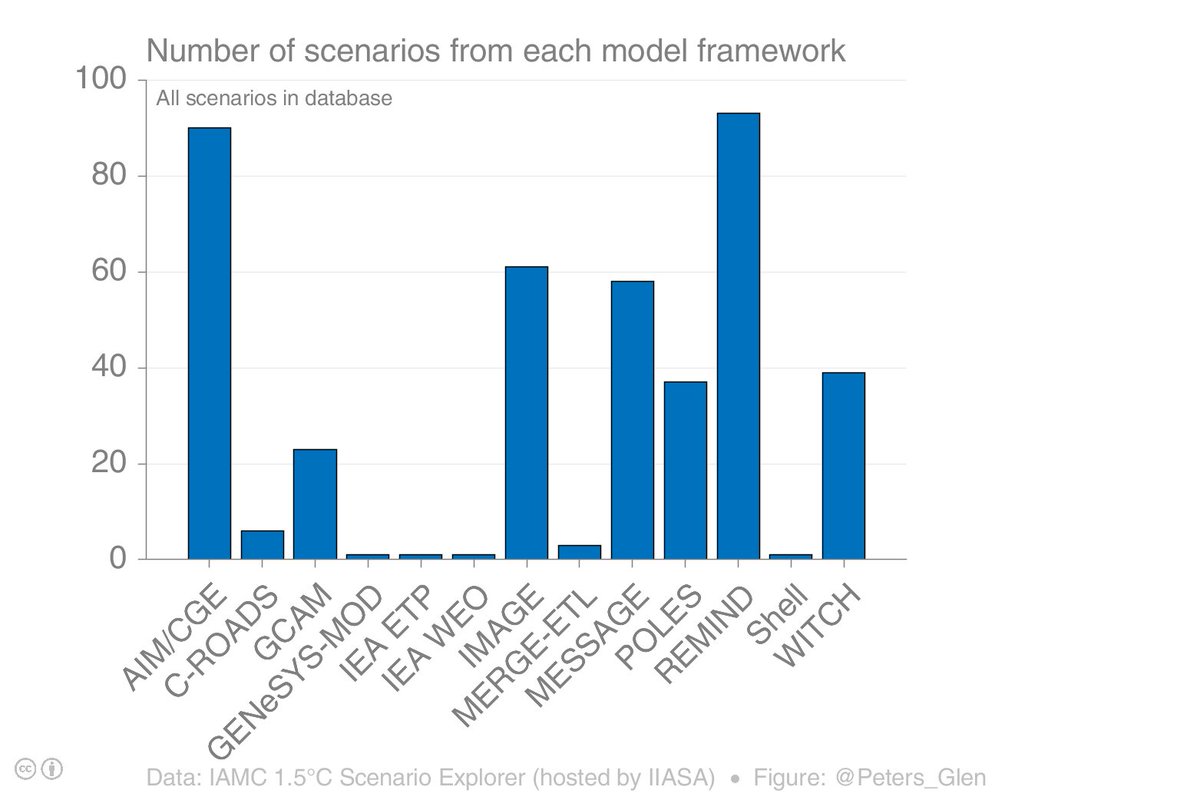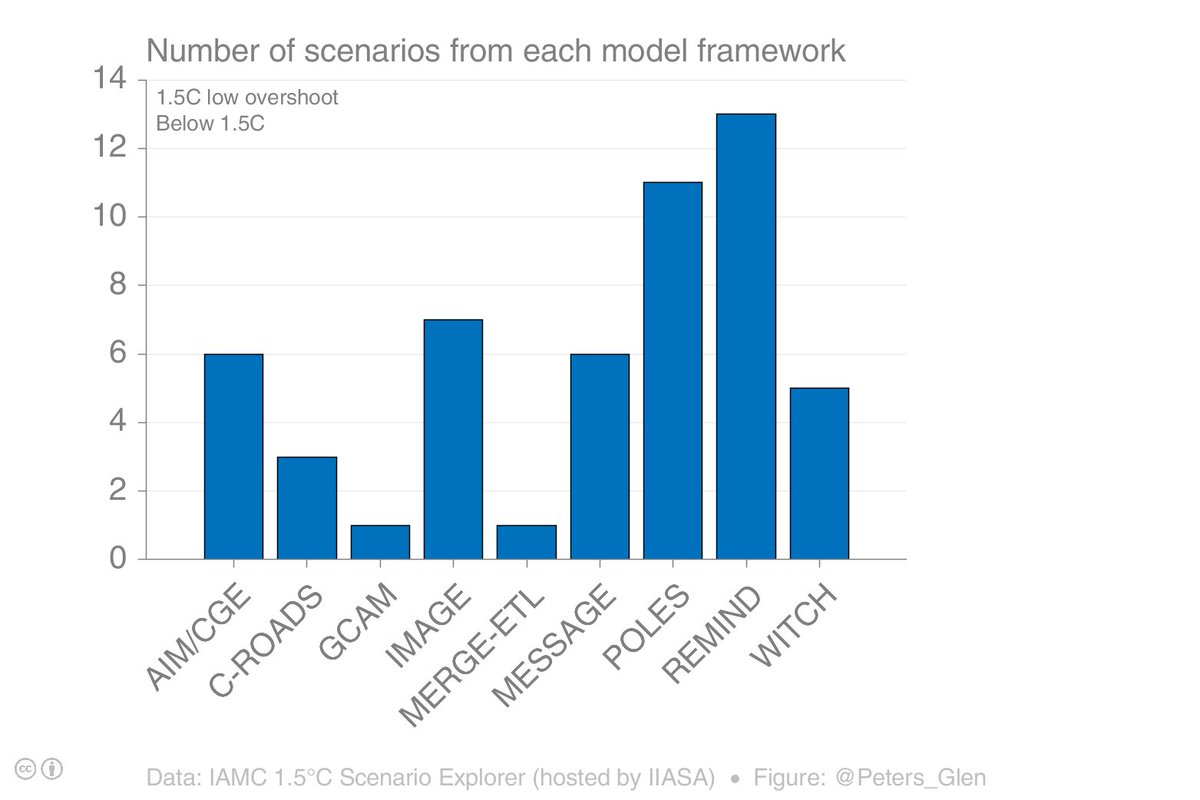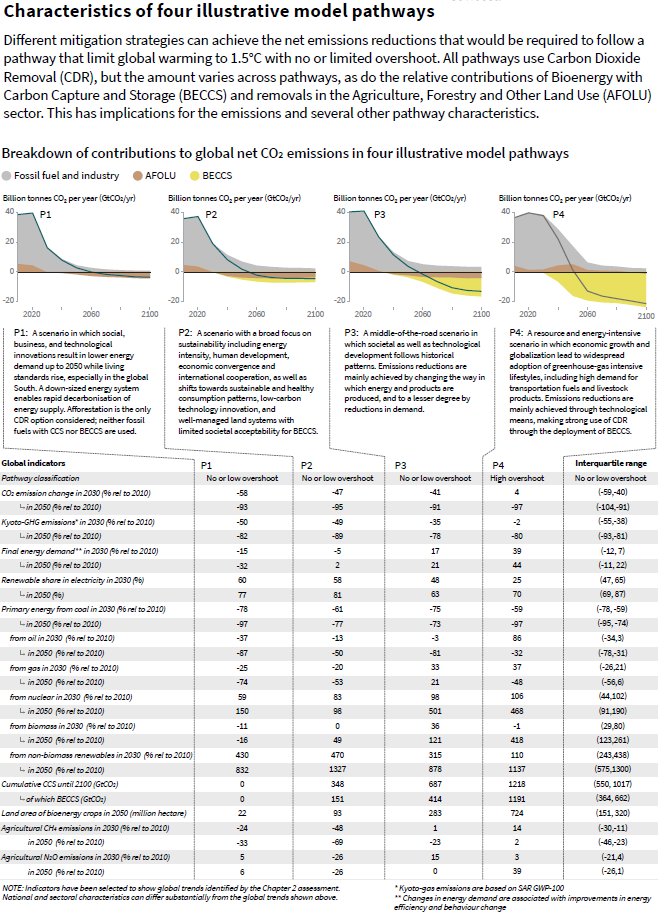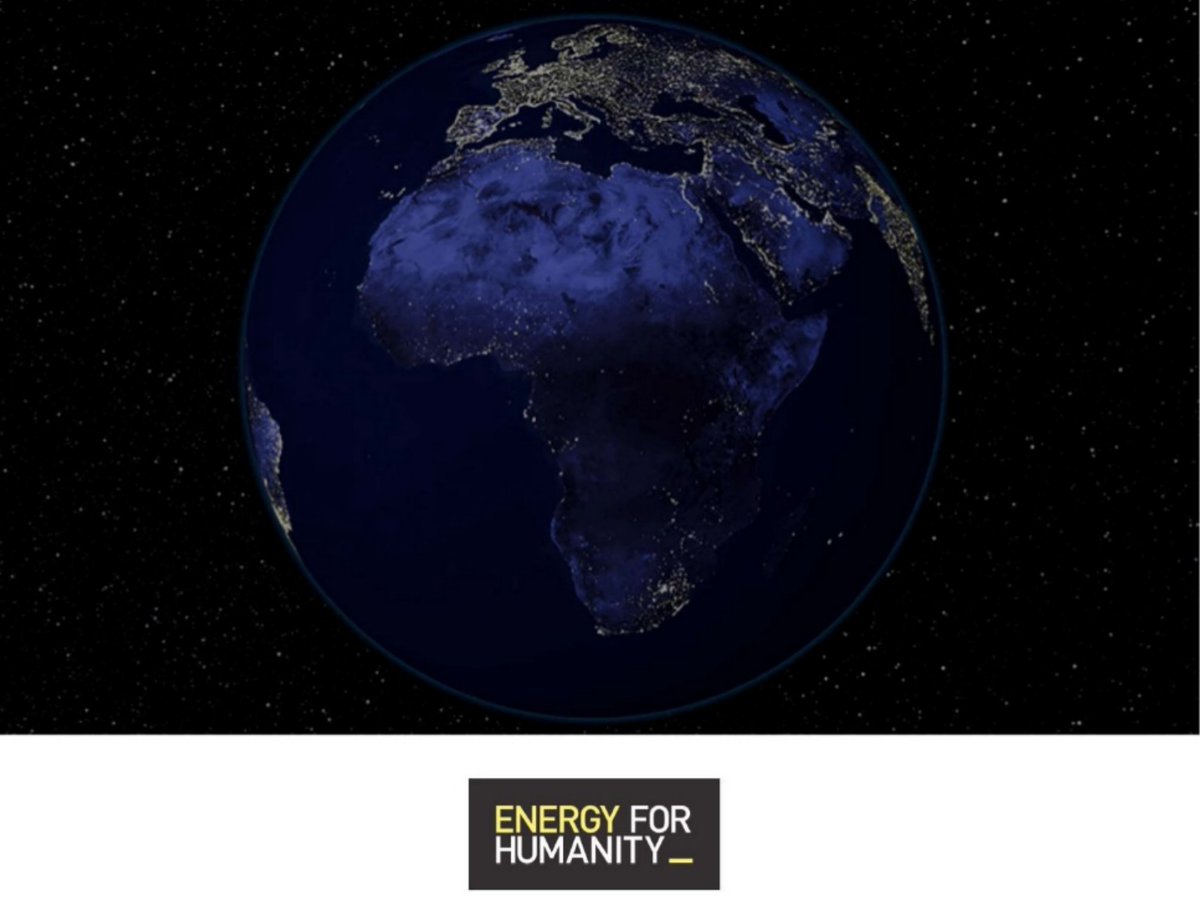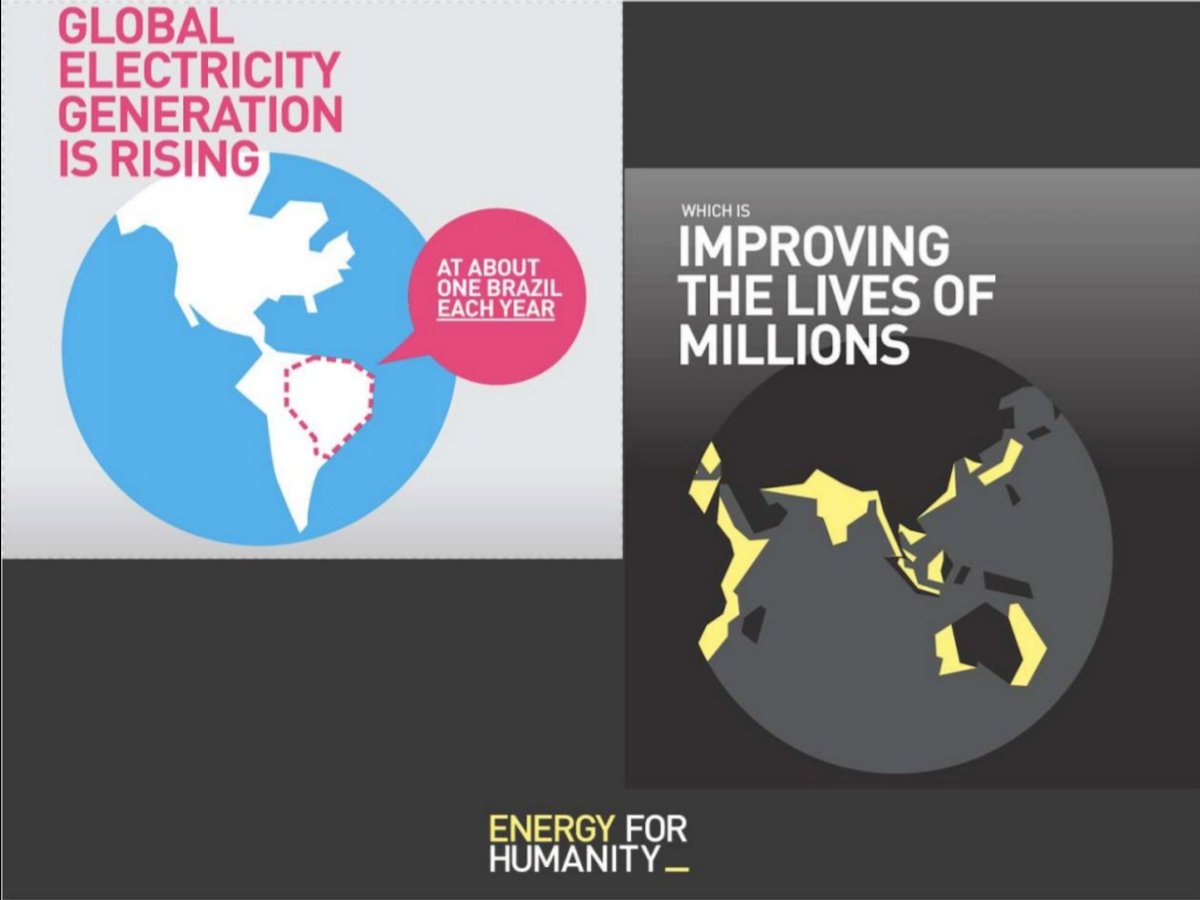Issue is what models get wide public view. Lets discuss models and genesis.
IPCC models are based on economic models that use faulty methodology (MER vs accepted PPP). In these, North Korea and similar basket cases will have a GDP 2x that of US in 2100.
These are base models.
All subsequent models use these faulty initial economic models.
Most use RCP 8.5 (worst case emissions and forcing models). This is a likely IMPOSSIBLE scenario, as it assumes using several multiples of current coal reserves, at low prices, with little tech innovation.
THEN, subsequent models use this RCP 8.5.
Extinction, storm intensity, damages etc, all use this worst case. Then the WORST CASE from these subsequent models are generated.
so,
Incorrect economic models used to generate a emissions models.
These models are used to generate RCP 8.5, which is likely impossible; physically, technically and economically
RCP 8.5 is then fed into storm/extinction etc models
Then the WORST case of these is publicized
The public only sees the worst of the worst case. Probably impossible to boot.
When comparisons of temps vs models is made, the alarmists almost always use RCP 4.5 as the comparison. Not 8.5 or 6.0.
They PUBLICIZE worst case, and use mid range for comparison.
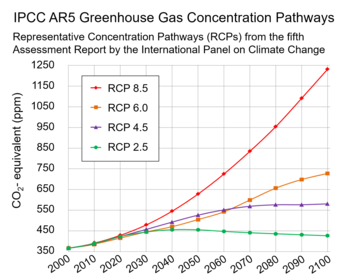
The argument is made that there is little divergence of temps between the scenarios.
Not exactly correct, as there is a 25% divergence to this point.
1980-2015 shows RCP 8.5 about 0.1 C deg higher than RCP 4.5, or about 25%
pbs.twimg.com/media/C2kwWBaV…
pbs.twimg.com/media/C2kwWBaV…
So, incorrect models are fed into worst case models, which are fed into worst case, which are fed into worst case. The worst-worst-worst case is then publicized.
The accuracy of these worst case models are touted by comparing the mid range models to observed temps.
/end




